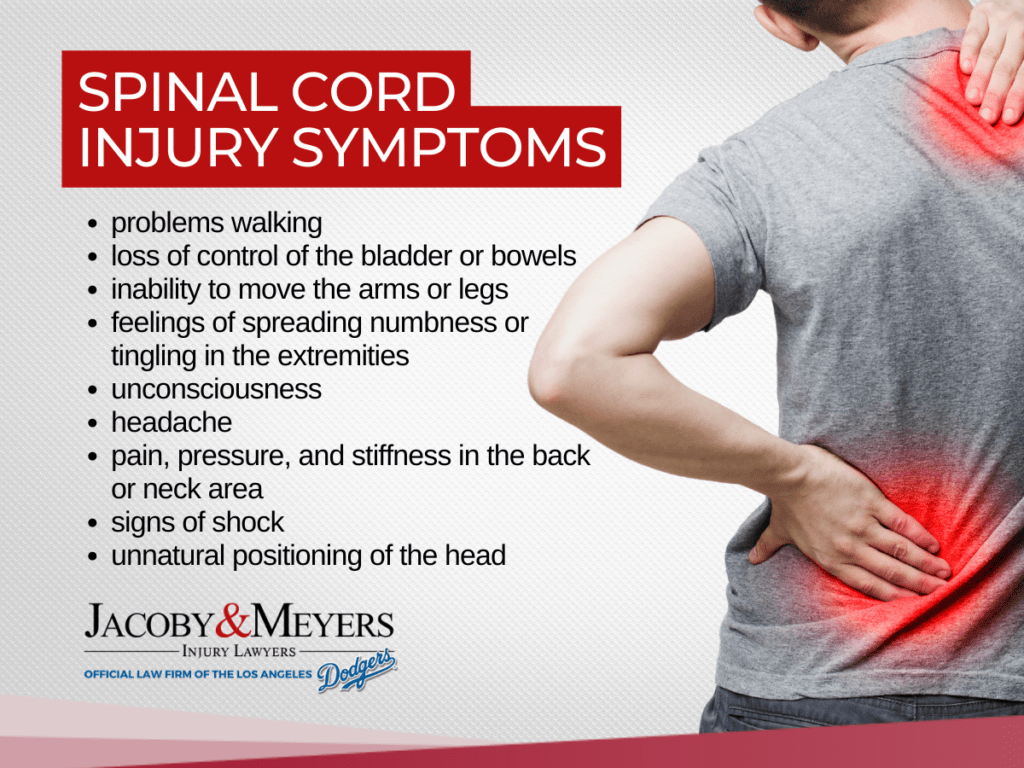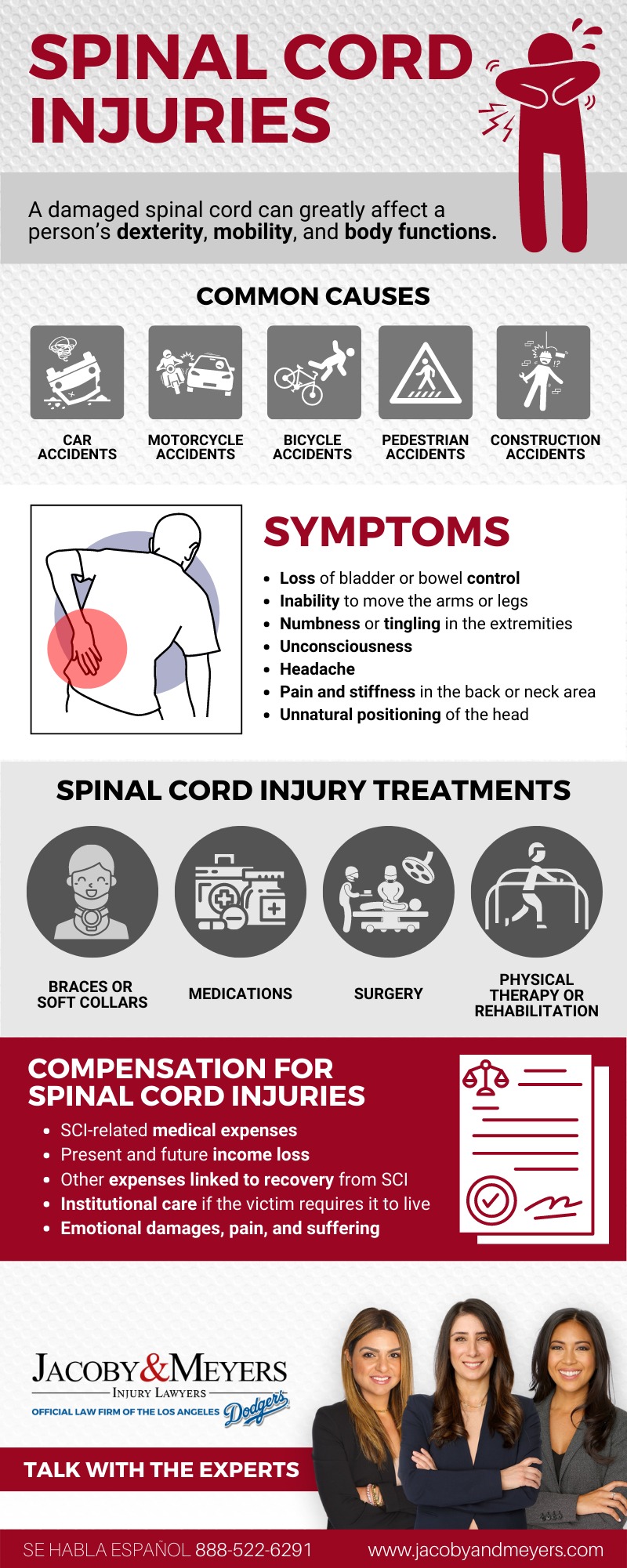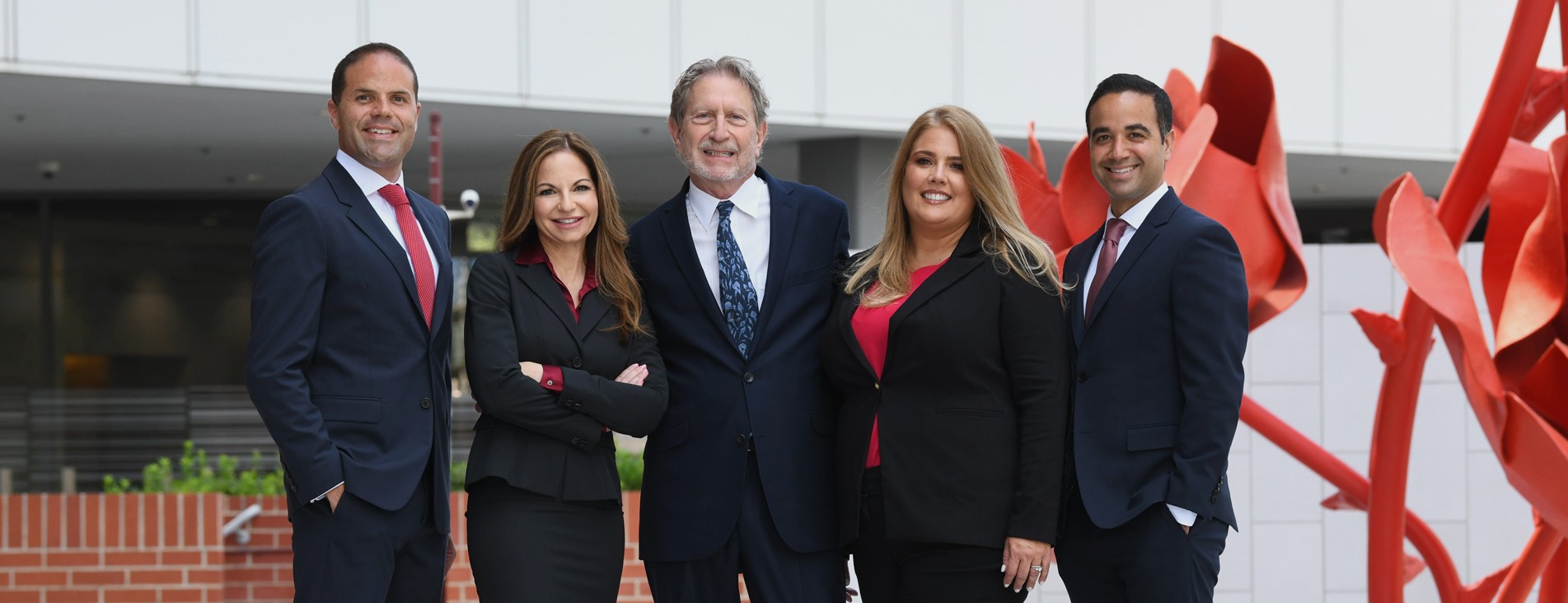Spinal cord injuries caused by accidents can have catastrophic repercussions. They can have long-term and life-changing effects on victims as well as their loved ones. These injuries can also cause pain, loss of body functions, nerve issues, and more. Sometimes, victims with injuries to the spinal cord require extensive treatment for the rest of their lives. More so, injuries of this kind leave damage beyond the physical aspects of a person’s life. This is why it’s important to know the legal implications of spinal injuries and how you should deal with them.
Read on to learn about spinal injuries and more:
What Is A Spinal Cord Injury?
In medical terms, a spinal cord injury (SCI) happens when the spine sustains any type of damage. This kind of injury generally involves the spinal cord, not the bones or the vertebrae around it. A damaged spinal cord can also greatly affect a person’s dexterity, mobility, and body functions.
Spinal cord injuries can also happen without severe trauma to the vertebrae. Medical experts note that spine injuries are different from neck or back injuries. Body functions can deteriorate due to SCI even if the spine’s bones are intact.
What Is The Most Common Causes?
Spinal cord injuries are usually caused by trauma or impact to the head, neck, or back. This usually happens in accidents, including the following situations:
- Car Accidents
- Motorcycle Accidents
- Truck Accidents
- Pedestrian Accidents
- Scooter Accidents
- Hit-and-Run Accidents
- Bus Accidents
- Construction Accidents
- Slip-and-Fall Accidents

What Is The Best Treatment?
According to the Mayo Clinic website, damage resulting in spinal cord injuries can’t be reversed. However, treatments are available to help manage and improve the quality of a victim’s life. Initial diagnosis involves the following tests:
- X-rays – checks for vertebral problems
- CT scans – defines bone, disc issues, and more
- MRIs – shows blood clots, masses compressing the spinal cord, herniated disks, and more
The best treatment for a spinal cord injury greatly depends on the circumstances of the injury. Treatments usually involve the prevention of further damage and physical rehabilitation. Usual SCI treatments include:
- Braces or soft collars to help align the spine
- Medications
- Surgery
- Constant care to prevent further damage
- Physical therapy and rehabilitation
- Newly developed devices, such as wheelchairs, electronic aids, and electrical stimulation systems
You can learn more about SCI diagnosis and treatment on the Mayo Clinic’s website here.
Spinal Cord Injury Levels
Injuries to the spine can come in various types and levels. Here are the two main types of spinal cord injuries:
Complete spinal cord injury
This implies permanent damage to the affected area of the spinal cord. This type usually causes paraplegia or tetraplegia.
Incomplete spinal cord injury
This indicates partial damage to any area of the spinal cord. The side effects can also vary based on the injury’s severity and the patient’s health condition or medical history.
In addition to these types, injuries to the spinal cord can have four levels according to the injury’s location. The four main levels of spinal cord injuries are:
- Cervical – head and neck areas (most severe level)
- Thoracic – upper chest, mid-back, and abdominal areas
- Lumbar – hip and leg areas (might require wheelchairs or braces as treatment)
- Sacral – hip, thigh, buttocks, and pelvic areas, including pelvic organs
Various combinations of treatments can apply to the injury’s type and level. An experienced personal injury lawyer has a good understanding of these possibilities.
Compensation
If you sustained a spinal cord injury in California because of someone else’s carelessness, you can receive compensation to help you heal and recover. Your compensation can include the following items:
- SCI-related medical expenses – past and future
- Income lost because of victim’s recovery
- Lost future income because the victim cannot go back to work due to SCI
- Other expenses linked to recovery from SCI
- Institutional care if the victim requires it to live
- Emotional damages, pain, and suffering
Valuation of these items can greatly depend on your lawyer’s access to medical experts and billing specialists who can provide an accurate amount of your compensation. The amount must also reflect all past and future expenses linked to your spinal cord injury, so you can comfortably heal and live a fulfilling life.
What to Do If Someone Sustains a Spinal Cord Injury
After your accident, medical care must be provided immediately. According to the Mayo Clinic’s website, the spine must not be moved while at the accident site. Once responders arrive, they will use a neck collar and carrying board to transport the victim to a hospital.
After receiving medical care, victims also need to consider the cost of future treatments, rehabilitation, and other necessities to live with a spinal cord injury’s side effects. Fortunately, a good attorney can help you get an accurate compensation value to help cover all your damages, including future medical costs. Do you need a skilled spinal cord injury lawyer?
Look no further than Jacoby and Meyers. We have a team of the best lawyers in California, including Los Angeles, Bakersfield, Fresno, and Sacramento. Hire one of our car accident lawyers to help you get justice. Also, they can give you insight into complicated topics, including car accident settlements and more. In addition, they can help you:
- Prove negligence
- Define the Cost of Damages
- Build a strong claim
- Negotiate a Settlement
- Proceed with important deadlines in mind
Give us a call today at 888-960-0480 for a free consultation. We are available 24 hours a day, 7 days a week to help you.

[INFOGRAPHIC] Spinal Cord Injury after a Car Accident in California
Call or text 888-522-6291 or complete a Free Case Evaluation form







